A new publication by longtime Car Design News contributor Karl Smith looks at the future of the car, examining how electrification, autonomy, fresh ideas around luxury, interior concepts can offer a way out of the current cul de sac we find ourselves in
Regular readers of Car Design News will recognise the name Karl Smith, author of the long-running and much-loved Concept Car of the Week series. An architect by profession, Smith shares a fascination with the automobile seeded by some of the 20th century’s greatest practioners: Le Corbusier, Gio Ponti, to name but a pair. Smith’s knowledge matches his enthusiam for the subject matter and now he has put his ideas on what the future holds for the car in a new book, Brave New Car. While the title channels Aldous Huxley, this is no distopian vision. Over 150 pages, Smith outlines a bright new horizon for the car. He spoke with CDN editor James McLachlan about the book’s overarching themes.
Let’s talk about the title ‘Brave New Car’ which has more than a hint of Aldous Huxley. The jumping off point for the book is how the car shifted from offering utopia to becoming associated with dystopia? Can you expand a little more on that?
For decades the car was a bit of the future you could own. And the designs were expressive of the imagined future- sleek, streamlined forms, acres of chrome, enormous Dagmars, and tail fins spitting plastic flames. Driving or even riding in the cars wasn’t just a trip across town, it was a lift off to new adventures. Anything seemed possible, until one day, it wasn’t. One day the magic highways of the future became choked with traffic. The free wind in your hair became a noxious smog. The new adventures to worlds unknown were reduced to a grinding commute in traffic or a fight for that last parking space at the Shopping Mall.
The car had been demoted from glamorous dream machine to transportation appliance, a victim of its own success.
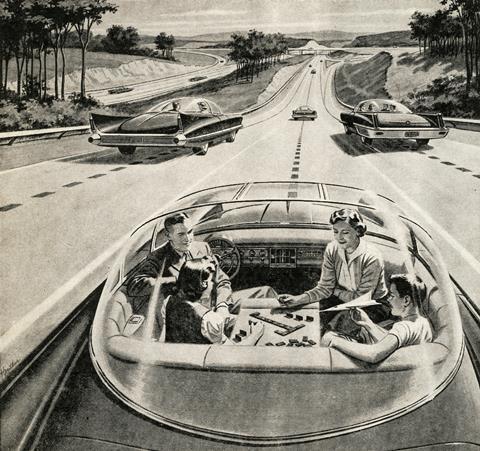
Nevertheless, there is an optimistic spirit – a sense that the car can once again offer liberation? How will that play out against the backdrop you have outlined?
The bit of the future that you can own will be returned in a new kind of car and a new automotive experience. There will be new dominant powertrain in the world. Driving will be gradually ceded to the car itself and its smart technologies. Interiors will become more luxurious and more sociable, with information and entertainment technologies making the journey so much more pleasant.
And although I don’t spend a lot of time discussing this in the book, the pandemic has accelerated some trends that will have us spending less time in cars, and hopefully journeying on to more enjoyable adventures. Remote working means we spend less time on the traffic-choked highways. And we don’t care about that last parking space at the shopping mall – our clothes, books, technology, and food are coming to our doorstep from Amazon or other online retailers.
If we are not talking about cars of the future in the mode of Motorama, what are we talking about?
The Motorama years were the glory days of dream cars expressed in aircraft/rocket design themes. The future as earthbound rocket with flight and autopilot seemed just around the corner.
Interestingly, many of the younger designers of those years disagreed with the “rocket on wheels” aesthetic championed by Harley Earl and others. They believed that a rocket should look like a rocket, an airplane like an airplane, a car should look like a car. Form Follows Function. The 1961 Lincoln Continental, designed by Ellwood Engel, proved them right. Beauty and elegance, without all the aerospace geegaws.
In a similar way, the advent of electric power, solid state batteries, autonomous technologies, and new entertainment and information technologies all invite a reconsideration of the automotive experience. New interior configurations, new exterior forms and typologies will emerge from these explorations. Form Follows Function for a new, more urbanised era. The challenge is making it all work, and, of course, be beautiful in design and function.
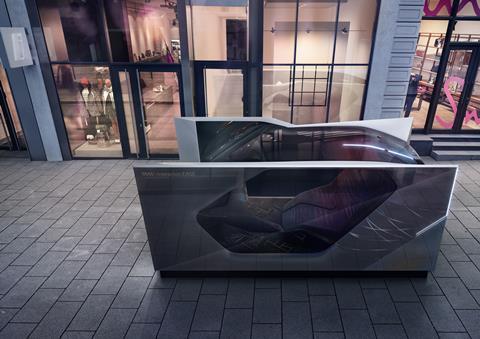
You also talk about the need for hierarchy when designing in new technologies Lidar etc. What is your current assessment of where we are at the moment?
The design of the front “face” of the car used to be relatively simple: headlights, turn signals, grille, bumper and maybe fog lights and a hood ornament to enliven the composition. And yet it proved so incredibly easy to go wrong with the design (Exhibit A: the Edsel).
Now all sorts of new sensors, necessary for driver’s assist technologies, and eventually, autonomous driving, complicate the design of the face of the car. Will all these sensors each have their own design expression? Will they all be equal of will there be some design hierarchy? What gets the emphasis?
Currently the headlights are most important, with turn signals close behind, because- humans. But what if someday the lidar and infrared and other systems are so sophisticated that they can best communicate to the “brain” of an autonomous car? Will the headlights become vestigial, merely ornamental? An interesting discussion is revolving around these emerging technologies, and the answers will greatly affect the “face” of the car of the future.
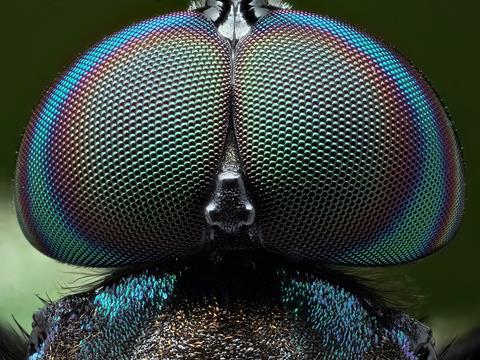
Unsurprisingly you dedicate a large portion of the book to the interior – is this where you see the innovation making the biggest impact on the car experience?
We are entering the Golden Age of the automotive interior. As driver’s assist technologies, and then autonomous systems, take over the driving experience, new opportunities will arrive to rethink the experience of traveling in a car. And without so much technology and interior space dedicated to driving, seating can be rearranged to be more comfortable and sociable.
Entertainment technologies already allow the option of streaming your favourite movies, show, etc, in your own private theatre. This experience will only be enhanced in the future. Specialty interiors will allow for sleeping cars, rolling offices and other uses that are not available to us today.
The automotive interior of tomorrow will be more luxurious than that of today, even at the entry-level vehicles.
A good example of this development of tech and luxury can be found in the evolution of the smartphone. Once it was just dedicated to calling, texting, and primitive apps. With the advent of the iPhone more powerful apps, with a vast universe of choice for all sorts of clever (and addicting) programs became the new standard. Now, that new Galaxy, Huawei, or iPhone has enormous power, excellent cameras, powerful streaming capacity, and memory even a desktop computer would envy. Enlarge this to vehicle size and add a comfy interior and you have the car of tomorrow.

And you predict the welcome disappearance of screens in favour of a more integrated experience?
The black media rectangles that are multiplying in our automotive interiors are just the first stage in the development of information displays that integrated into the interior panels of the car itself. Smart fabrics, touch panels, holographic displays, smart glass will display information and controls across the interior. Design hierarchy and placement will be critical here, and present an enormous opportunity for UX and interior designers.

Indeed, you draw parallels between cars and smartphones – is there room in the future for a paired-back tech-free approach? The idea that the car could be a tech sanctuary.
A tech sanctuary or a tech-free sanctuary? Both could be possible:
On the low-tech side: An anti-design, so-ugly-it’s-cute car with minimal tech, but lots of old-school fun- a twenty-first century Volkswagen Thing.
On the other end of the spectrum, and something I touch on in my discussion of the luxury interior, is the idea of advanced technology displays and controls that appear as needed and disappear just as quickly into the background, so that the richness of the materials and comfort of the interior experience is not disrupted, but enhanced. A sanctuary, infused with technology that is inobtrusive, but, like a good butler, always discreetly standing nearby to assist as needed.
You also speculate about the future of traditional forms most notably the unfashionable three-box sedan. You suggest it is not a dead typology but how will it stay relevant?
I predict the sedan has a future, but the question of what the shape it will be remains an open one. Recent sedan concepts by a number OEMs have shown a fastback or near-fastback shape. In some markets the three-box sedan retains a strong presence, so it is too early to assign that typology to the dustbin of history. Indeed, in the three-box sedan is making a comeback in an unlikely form- see below…
In contrast, the truck as a form has proved remarkably resilient to change going on around it – how will it evolve in terms of design? Does it even need to?
In America the truck is the new sedan. Four-door crew cabs, once a rarity, are now commonplace. And, snap a tonneau cover or a clamshell lid over the bed and what do you have? A three-box sedan. Imagine that. Trucks will also retain their workhorse status, in some cases even more so as they electrify and become rolling power generators. Electric power will offer a chance to rethink the three- box typology with other configurations, but truck buyers tend to be a more conservative lot, and will probably stick with the tried and true. Plus, there’s all that extra covered space in the “frunk”.
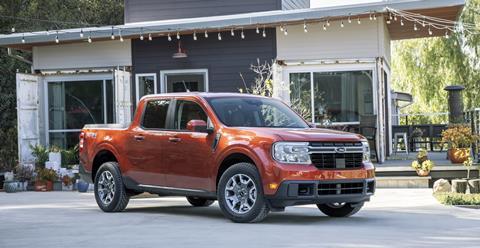
Luxury gets a thorough examination – how will our ideas of luxury change?
Like so much of our culture, luxury is multifaceted, with all sorts of traditional and new influences and expressions. The close connections that world travel and commerce have made in the last thirty or forty years have not led to a homogenized luxury, but one more expressive of local influences.
Traditional markers of luxury will always remain, but they will be enhanced by developments in various regional, ethnic, and technology cultures. Unlikely combinations of design themes will arise from the mixing of these cultures, especially in an increasingly urbanized world.
Additionally, the compass of luxury will increasingly point East as Asian countries develop their own sense of luxury that arises from their culture (and politics).
The ecological impact of luxury is coming under increasing scrutiny too, and there will be a demand for a luxury that treads (or rolls) with a lighter footprint on the earth.

In a similar way, how will the role of the sportscar change? Is the driver’s car an anachronism in the new world?
There will always be driver’s cars in the world, but increasingly they will be limited to luxury and sports and super/hyper cars.
The “daily driver” sports car will remain as “analog” as possible- manual transmissions, super-efficient ICE powertrains, even manual steering and brakes, and minimal driver’s assist packages. They will exist, as they always have, for the love of driving itself. Supercars and Hypercars will continue the race to be the fastest, most powerful cars in the world. In many cases these cars will move on to track-only configurations, as public roads will be too dangerous and poorly maintained.
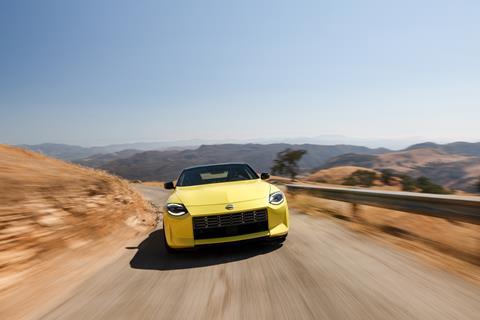
Many of these tracks will be located in private communities dedicated to speed. And finally, the hyperluxe class of car- a cross between the top-end luxury car and the hypercar- will explore new frontiers of power and luxurious comfort.

Finally, you close with a very strong statement on flying cars i.e. it will never happen. Why so sure?
We already have flying cars. They’re called helicopters. The current experiments with small flying vehicles are fascinating, but they are more likely to influence the development of short and medium-range air taxi services, a space currently dominated by- you guessed it- helicopters.
The idea that you could, in the year 2035, hop in your personal flying car, along with thousands of others, and zip off around the city, alighting on skyscrapers like George Jetson, is very romantic, but unlikely to ever happen. The technology is there, or will be shortly, but the regulatory environment, and the overcrowded airspaces over and around the world’s great cities guarantee that flying cars will be limited to modest- but critical- expansions of current air taxi service networks.
Still, I would love to be proven wrong about this prediction.
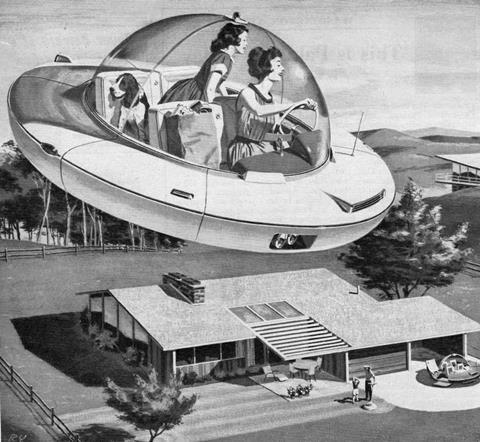
Brave New Car is available in premium quality hardback (imagewrap or book cover), paperback, and ebook formats































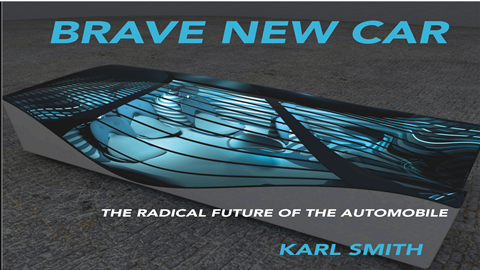




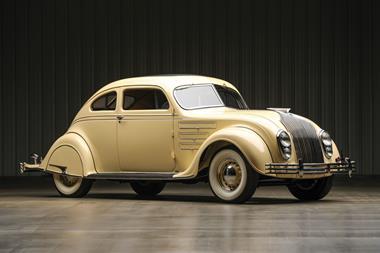




No comments yet